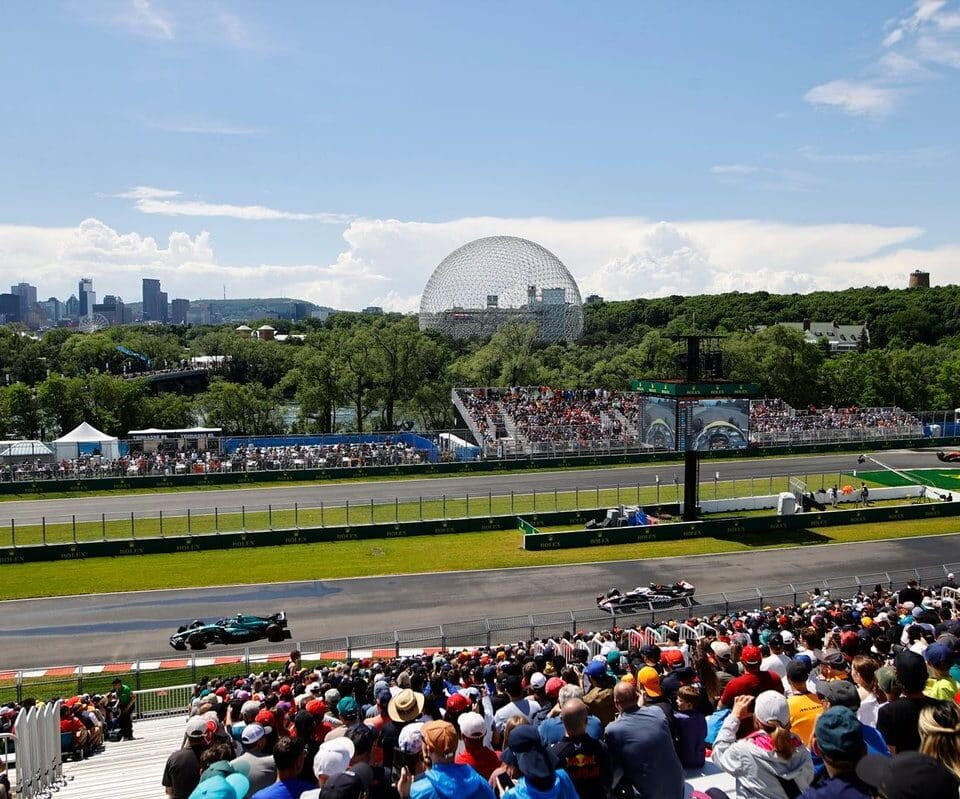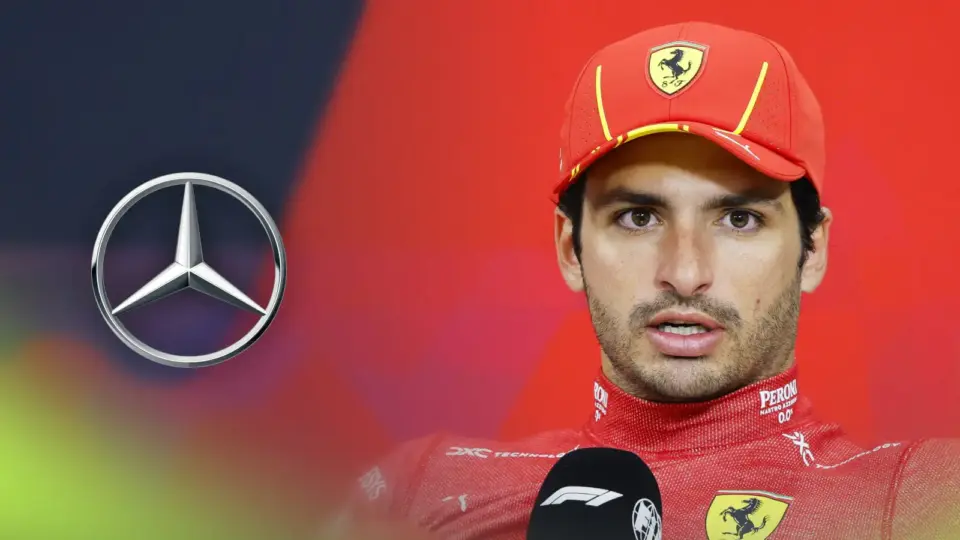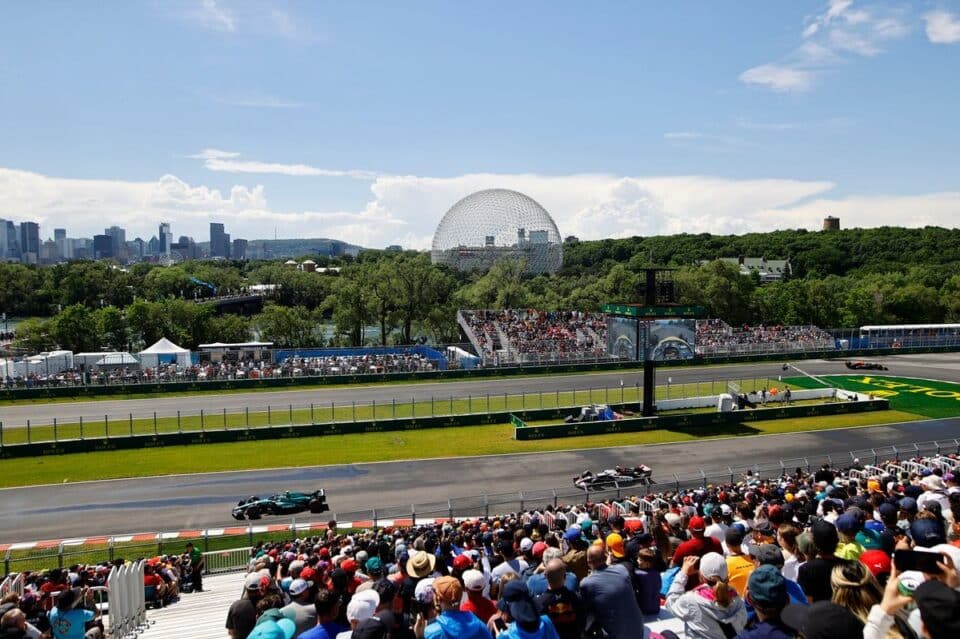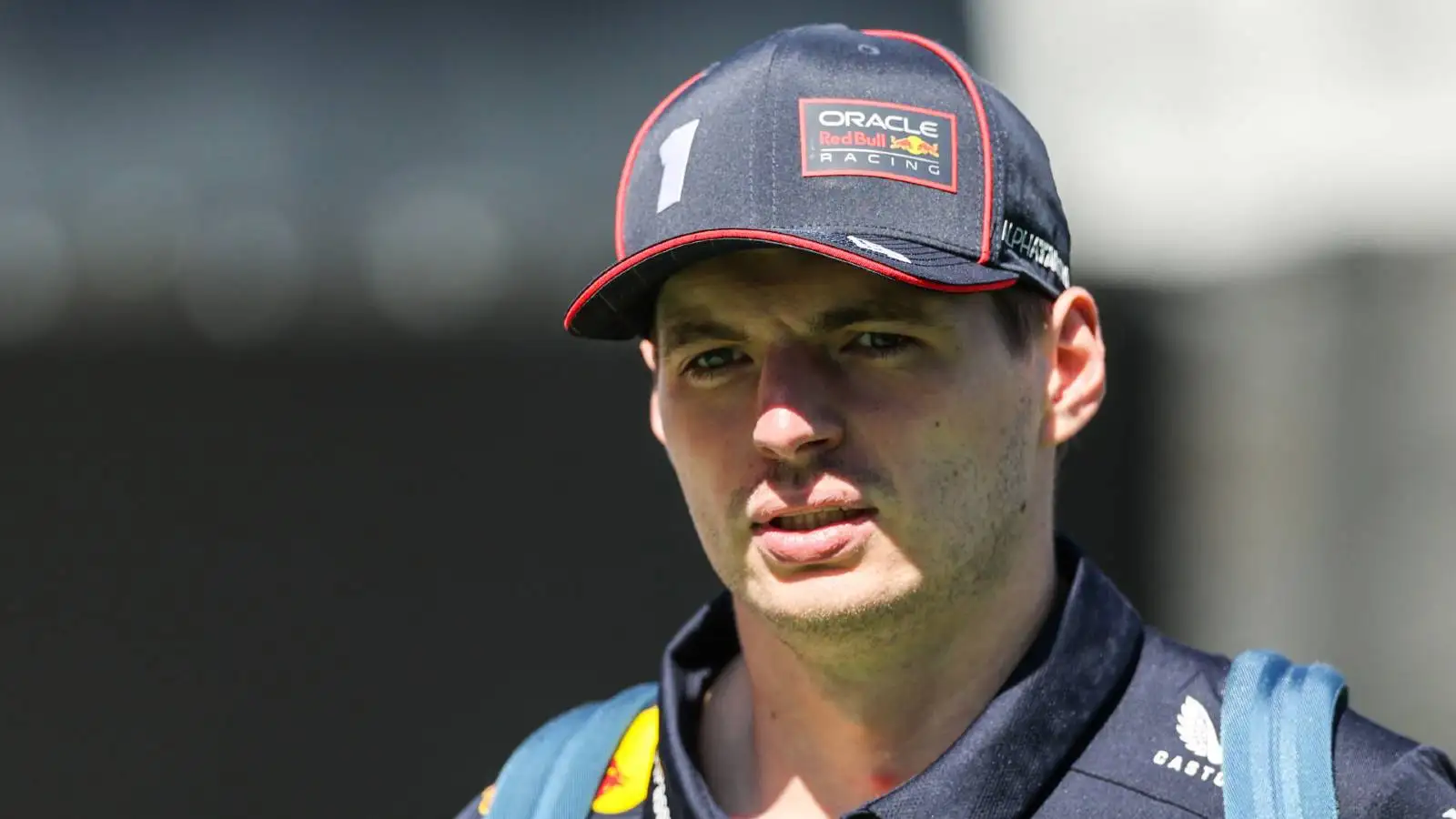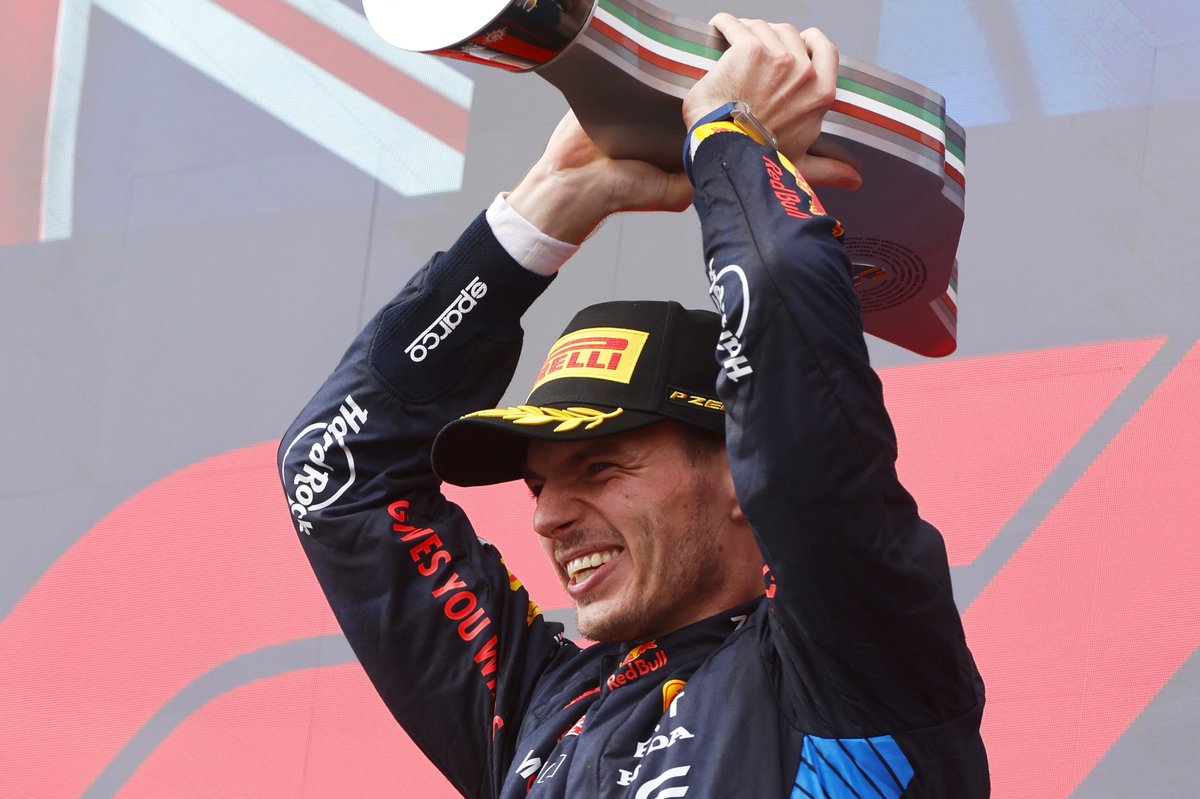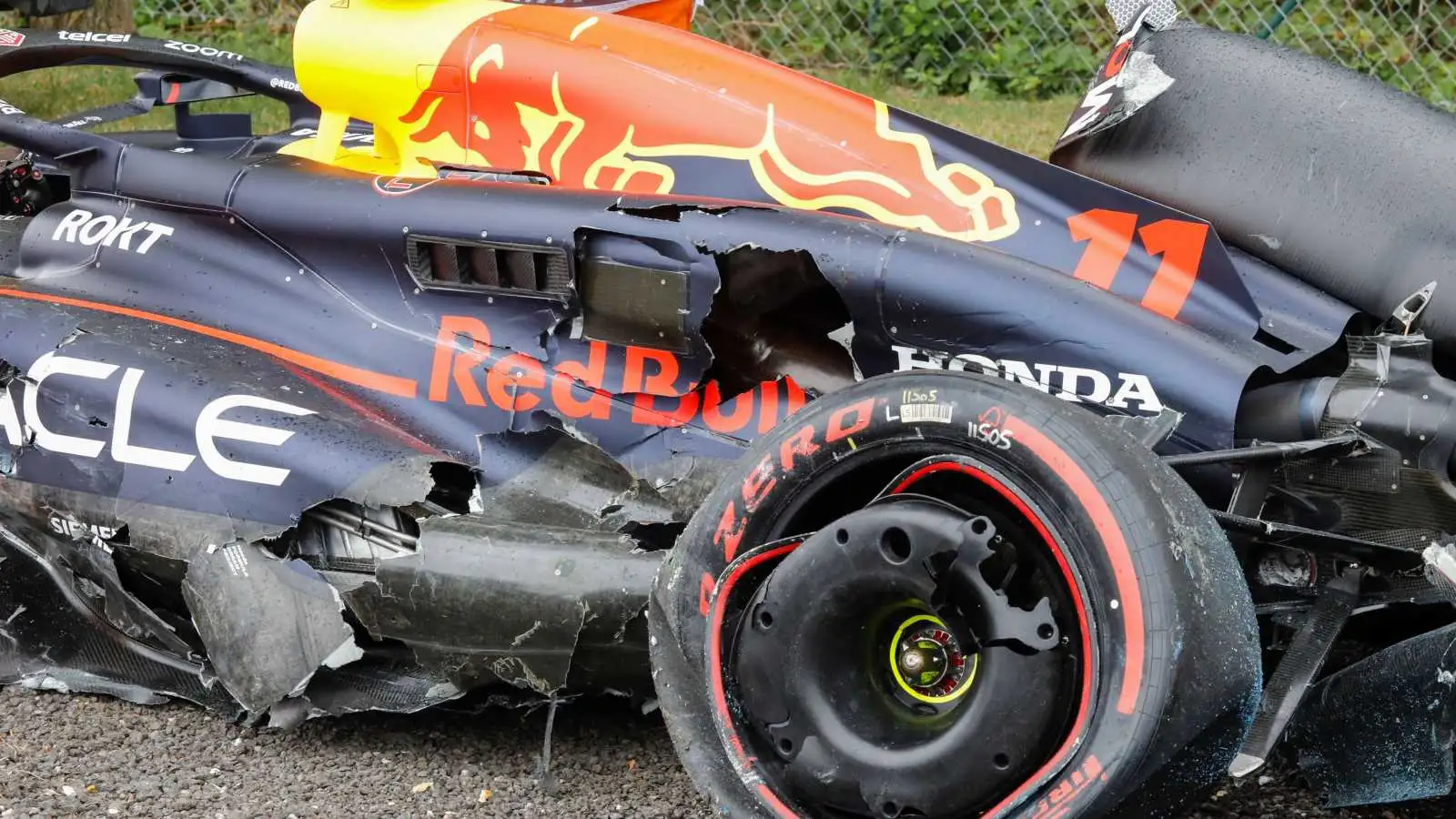The Friday practice sessions at the Canadian Grand Prix were anything but ordinary. Torrential rain and even marble-sized hail greeted the drivers, making it a challenging day on the newly resurfaced Montreal circuit. With more rain expected over the weekend, teams are bracing themselves for unpredictable conditions.
The day started with heavy rainfall and severe thunderstorm warnings. Although high winds were predicted, they didn’t materialize, but a deluge of hail interrupted the pitlane displays before the first practice session (FP1). As the rain eased up, the track was dotted with puddles, delaying the start of FP1 by 20 minutes. Once underway, drivers had little time to gather meaningful data due to the wet conditions.
Lando Norris topped the timing charts towards the end of FP1 with a 1m24.435s lap. This came after the session had paused for Zhou Guanyu’s crash at Turn 5, where he aquaplaned and damaged his suspension. When the action resumed, the sun broke through, allowing drivers to switch to dry tyres and complete some fast laps. But the respite was short-lived, as more rain was anticipated in FP2.
FP2 saw Fernando Alonso in impressive form, setting the fastest time of 1m15.810s, almost half a second ahead of George Russell. The session began on a relatively dry track, giving the drivers a brief window to run on soft tyres before the weather worsened again. Alonso’s consistent laps on the soft tyres paid off, but soon, the conditions necessitated a switch back to intermediates.
Max Verstappen faced difficulties in FP2 with an ERS failure that limited him to just four laps. ‘It’s not ideal,’ he remarked, noting the lost opportunity to gather data in both wet and dry conditions. Red Bull scrambled to diagnose the issue, hoping it wouldn’t affect the rest of their weekend.
The forecast for Saturday predicts more rain and possible thunderstorms, especially in the afternoon. This could benefit teams like Aston Martin and Mercedes, who have shown strong performance in low-grip conditions. Ferrari is also in the mix, with Charles Leclerc matching the pace of Russell and Lance Stroll during the changing conditions of FP2. McLaren, too, demonstrated their potential in FP1’s drying track, suggesting they could be a surprise element if the weather continues to fluctuate.
Pirelli’s analysis during the wet sessions revealed minimal wear on the new track surface, which should help drivers maintain performance on wet and intermediate tyres. However, in the event of a dry track, the lack of rubber laid down could make the surface slippery, posing a different kind of challenge.
As rain is likely to factor into Sunday’s race as well, teams are preparing for a strategic battle. In wet conditions, tyre warm-up becomes crucial, and drivers like Stroll and Yuki Tsunoda could shine given their ability to generate heat in the tyres quickly. However, standing water remains a constant risk, making every decision on tyre strategy critical.
Fernando Alonso summed up the sentiment in the paddock: ‘It’s going to be a gamble on which tyre to put on at which moment. We need to analyze the data and be very sharp. The right decision can gain you five seconds; the wrong decision, you are out of the race.’
With rain expected to dominate the weekend, the Canadian Grand Prix is set to be a test of strategy, skill, and timing. Teams will need to stay vigilant and adaptable to navigate the ever-changing conditions.
Source: Motorsport
